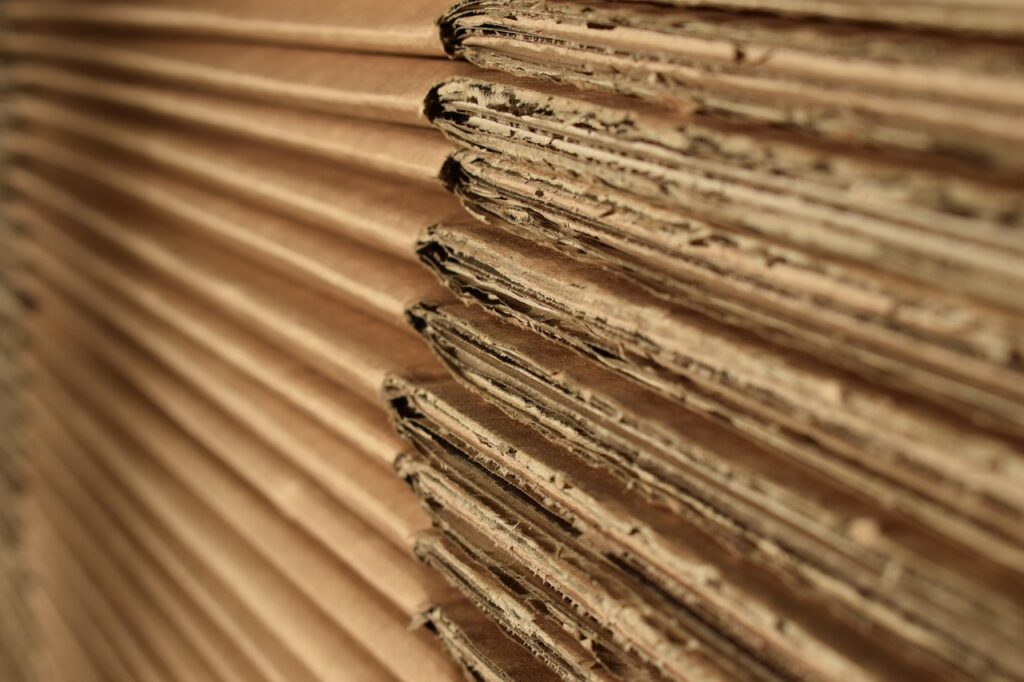
Insights
What Can Cardboard Be Recycled Into?
Cardboard is a ubiquitous material in our daily lives, serving as the backbone of packaging for countless products. From shipping boxes to cereal containers, cardboard is everywhere. However, its usefulness doesn’t end with its initial purpose. In fact, cardboard has incredible potential for recycling and transforming into a wide array of new products. Let’s explore the fascinating world of cardboard recycling and discover the myriad of possibilities it holds.
Paper Products
One of the most common destinations for recycled cardboard is the production of various paper products. After undergoing a pulping process, where cardboard is broken down into fibers, these fibers can be used to manufacture new paper goods such as newspapers, magazines, tissue paper, and cardboard itself. By recycling cardboard into paper products, we conserve precious resources like trees and water while reducing energy consumption and greenhouse gas emissions associated with paper production from virgin materials.
Packaging Materials
Cardboard’s versatility extends beyond its initial role as a packaging material. Recycled cardboard can be transformed into a wide range of packaging materials, including corrugated cardboard sheets, cardboard tubes, and protective packaging inserts. These recycled packaging materials offer the same durability and protection as their virgin counterparts while reducing the environmental impact of packaging production and disposal. From shipping boxes to retail displays, recycled cardboard packaging is a sustainable choice for businesses seeking to minimize their ecological footprint.
Insulation
Cardboard’s fibrous structure makes it an excellent insulating material, capable of trapping heat and sound. Recycled cardboard insulation is increasingly being used in construction projects as a cost-effective and eco-friendly alternative to traditional insulation materials. Whether it’s insulating homes, offices, or industrial facilities, recycled cardboard insulation helps improve energy efficiency, reduce heating and cooling costs, and minimize environmental impact.
Animal Bedding
Believe it or not, recycled cardboard can also find its way into animal bedding. Shredded cardboard makes for an absorbent and comfortable bedding material for livestock, poultry, and small animals. It provides warmth, moisture absorption, and cushioning, creating a cozy environment for animals while repurposing waste material. Moreover, cardboard bedding can be composted after use, further closing the loop on its lifecycle and minimizing waste.
Art and Craft Supplies
For the creatively inclined, recycled cardboard is a treasure trove of art and craft supplies. From cardboard tubes for sculptures to cardboard sheets for painting and collage, there’s no shortage of possibilities. Artists and crafters can transform recycled cardboard into unique works of art, giving new life to discarded materials while unleashing their creativity. Additionally, using recycled cardboard in art projects promotes sustainability and raises awareness about the importance of recycling and waste reduction.
Conclusion
The journey of cardboard doesn’t end when it’s discarded into the recycling bin. Instead, it embarks on a new chapter, filled with endless possibilities for transformation and renewal. Whether it’s reincarnated as paper products, packaging materials, insulation, animal bedding, or art supplies, recycled cardboard proves that waste can be a valuable resource when given the opportunity. By embracing cardboard recycling and exploring its diverse applications, we can minimize waste, conserve resources, and create a more sustainable future for generations to come.
